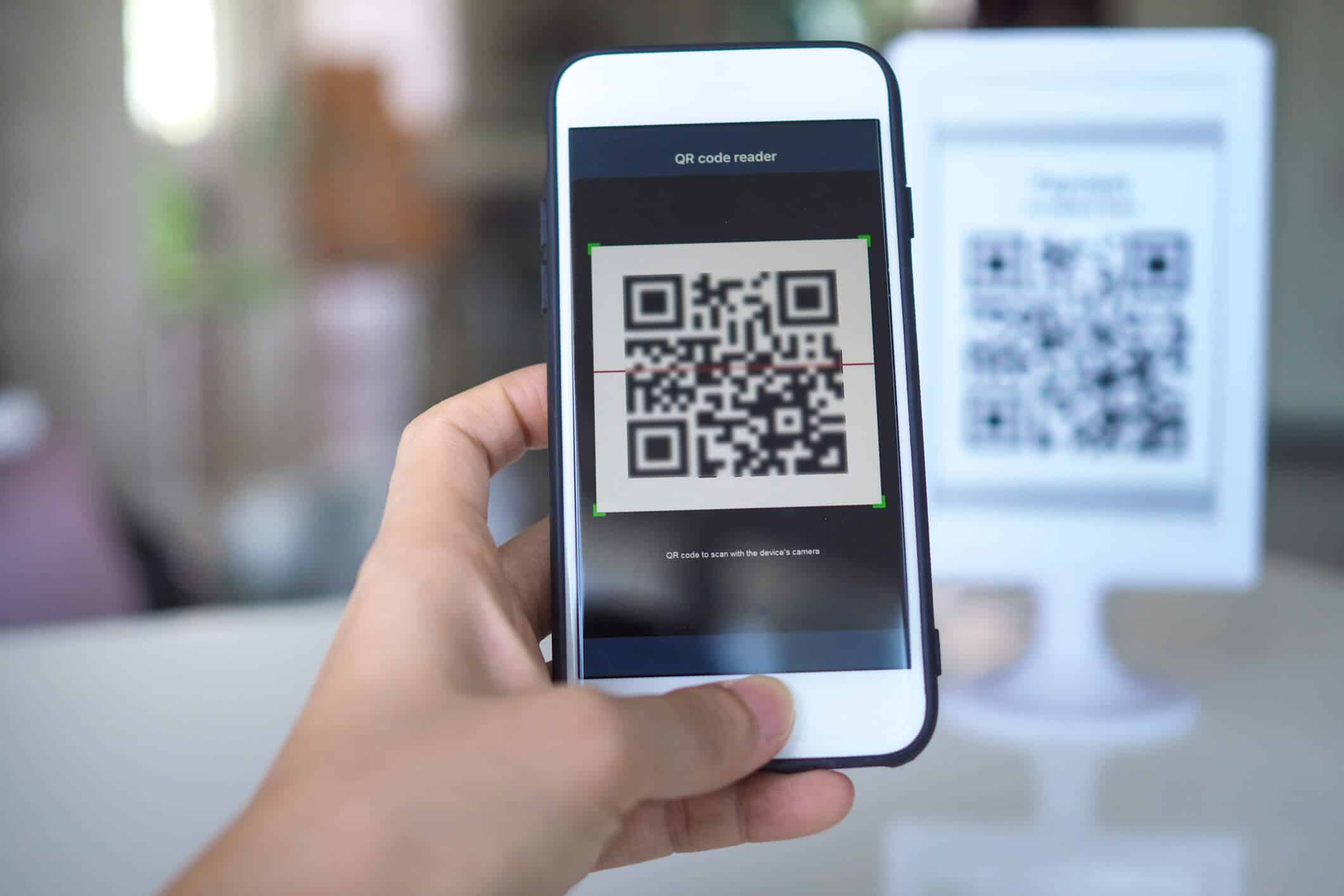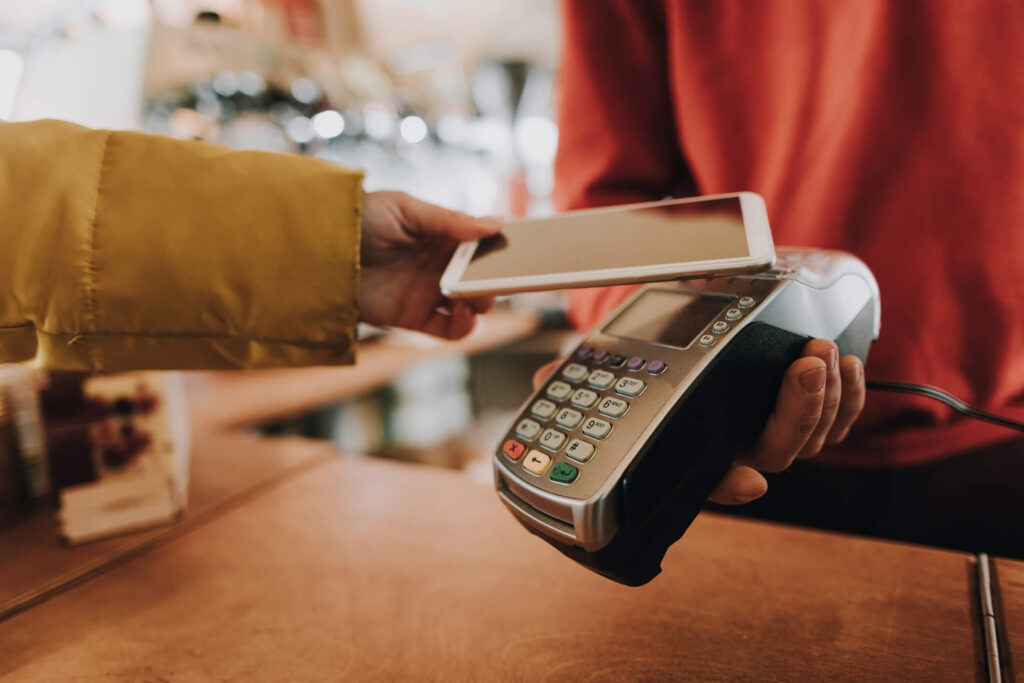
By American July 29, 2024
Mobile payments have revolutionized the way we conduct financial transactions, providing convenience, speed, and security. Over the years, mobile payments have evolved from simple SMS-based transactions to sophisticated contactless payments, digital wallets, and even blockchain technology. As technology continues to advance, the future of mobile payments holds exciting possibilities. In this article, we will explore the trends to watch in the world of mobile payments and how they are shaping the future of financial transactions.
The Rise of Contactless Payments
Contactless payments have gained significant popularity in recent years, driven by the convenience and speed they offer. With contactless payments, users can simply tap their mobile devices or cards on a payment terminal to complete a transaction, eliminating the need for physical cash or card swiping. This technology is enabled by Near Field Communication (NFC), which allows devices to communicate wirelessly over short distances.
One of the key drivers behind the rise of contactless payments is the increasing adoption of smartphones. According to Statista, the number of smartphone users worldwide is projected to reach 3.8 billion by 2021. With more people owning smartphones, the infrastructure for contactless payments is becoming more widespread, making it easier for consumers to make payments on the go.
Contactless payments offer several advantages over traditional payment methods. They are faster, more convenient, and reduce the risk of theft or loss associated with carrying physical cash or cards. Additionally, contactless payments can be integrated with loyalty programs and rewards, providing users with added incentives to use this payment method.
However, despite the growing popularity of contactless payments, there are still challenges to overcome. One of the main concerns is security. While contactless payments are generally considered secure, there is always a risk of unauthorized transactions if a device is lost or stolen. To address this, biometric authentication is being increasingly integrated into contactless payment systems.
Biometric Authentication: Enhancing Security in Mobile Payments
Biometric authentication, such as fingerprint or facial recognition, is becoming a common feature in mobile devices. This technology adds an extra layer of security to mobile payments by ensuring that only authorized users can access and make transactions. Biometric authentication is more secure than traditional PINs or passwords, as it is difficult to replicate or steal someone’s unique biometric data.
According to a report by Juniper Research, biometric authentication will be used to secure over $2.5 trillion worth of mobile payments by 2024. This highlights the growing importance of biometrics in the future of mobile payments.
In addition to enhancing security, biometric authentication also improves the user experience. It eliminates the need to remember and enter complex passwords or PINs, making the payment process faster and more convenient. With biometric authentication, users can simply authenticate themselves with a touch or a glance, making mobile payments seamless and effortless.
However, there are still challenges to overcome in the adoption of biometric authentication. One of the main concerns is privacy. Users may be hesitant to share their biometric data with third-party providers, fearing that it may be misused or compromised. To address this, strict regulations and standards need to be in place to protect users’ privacy and ensure the responsible use of biometric data.
The Emergence of Digital Wallets
Digital wallets have become increasingly popular in recent years, offering users a convenient and secure way to store their payment information and make transactions. A digital wallet is a software application that securely stores users’ payment information, such as credit card details, and allows them to make payments using their mobile devices.
The adoption of digital wallets has been driven by the increasing use of smartphones and the growing acceptance of mobile payments by merchants. According to a report by eMarketer, the number of mobile payment users in the United States is expected to reach 101.2 million by 2021. This indicates a significant shift towards digital wallets as a preferred payment method.
Digital wallets offer several advantages over traditional payment methods. They eliminate the need to carry physical cards, reducing the risk of loss or theft. Additionally, digital wallets can store multiple payment methods, allowing users to choose the most convenient option for each transaction. They also provide a seamless and frictionless payment experience, with transactions being completed in just a few taps.
Furthermore, digital wallets can integrate with other services, such as loyalty programs, coupons, and offers, providing users with added convenience and incentives to use this payment method. For example, some digital wallets offer personalized recommendations and discounts based on users’ transaction history, enhancing the overall shopping experience.
However, there are still challenges to overcome in the widespread adoption of digital wallets. One of the main barriers is the fragmentation of the market, with multiple digital wallet providers competing for users’ attention. This can lead to confusion and hesitation among users, as they may be unsure which digital wallet to choose or whether a particular wallet is accepted by their favorite merchants. To address this, interoperability between different digital wallet providers and standardization of payment protocols are needed.
The Integration of Artificial Intelligence in Mobile Payments
Artificial Intelligence (AI) is playing an increasingly important role in mobile payments, enabling personalized and intelligent experiences for users. AI algorithms can analyze vast amounts of data, such as transaction history and user preferences, to provide tailored recommendations, fraud detection, and risk assessment.
One of the key applications of AI in mobile payments is fraud detection. AI algorithms can analyze patterns and anomalies in transaction data to identify suspicious activities and prevent fraudulent transactions. According to a report by Juniper Research, AI will save businesses $11 billion in fraud losses by 2023.
AI can also enhance the user experience by providing personalized recommendations and offers based on users’ transaction history and preferences. For example, AI algorithms can analyze a user’s spending patterns and suggest relevant products or services that may be of interest. This not only improves the shopping experience but also increases customer engagement and loyalty.
Furthermore, AI-powered chatbots are being increasingly used in mobile payments to provide customer support and assistance. Chatbots can answer frequently asked questions, provide real-time support, and even complete transactions on behalf of users. This reduces the need for human intervention and improves the efficiency of customer service.
However, there are challenges to overcome in the integration of AI in mobile payments. One of the main concerns is the ethical use of AI algorithms. There is a need for transparency and accountability in the way AI algorithms make decisions, especially when it comes to sensitive financial transactions. Additionally, there is a risk of bias in AI algorithms, as they are trained on historical data that may contain inherent biases. To address these concerns, regulations and guidelines need to be in place to ensure the responsible use of AI in mobile payments.
Blockchain Technology: Transforming Mobile Payments
Blockchain technology has the potential to revolutionize mobile payments by providing secure, transparent, and decentralized transactions. A blockchain is a distributed ledger that records transactions across multiple computers, making it virtually impossible to alter or tamper with the data. This technology eliminates the need for intermediaries, such as banks or payment processors, reducing transaction costs and increasing efficiency.
One of the key advantages of blockchain technology in mobile payments is security. Blockchain transactions are secured through cryptography, making them highly resistant to fraud and hacking. Additionally, the decentralized nature of blockchain ensures that there is no single point of failure, making it more resilient to cyber attacks.
Blockchain technology also enables faster and cheaper cross-border transactions. Traditional cross-border payments can be slow and expensive, involving multiple intermediaries and high transaction fees. With blockchain, transactions can be completed in real-time, with lower fees and greater transparency.
Furthermore, blockchain technology can enable micropayments, allowing users to make small transactions without incurring high transaction fees. This opens up new possibilities for monetizing digital content, such as music, videos, or articles, where users can pay a small fee for each piece of content they consume.
However, there are challenges to overcome in the widespread adoption of blockchain technology in mobile payments. One of the main barriers is scalability, as blockchain networks can become slow and inefficient as the number of transactions increases. Additionally, there is a need for regulatory frameworks to address the legal and regulatory implications of blockchain-based transactions.
The Role of Internet of Things (IoT) in Mobile Payments
The Internet of Things (IoT) is a network of interconnected devices that can communicate and exchange data with each other. IoT devices, such as smartwatches, fitness trackers, or even household appliances, can be used for mobile payments, enabling seamless and frictionless transactions.
One of the key applications of IoT in mobile payments is wearables. Smartwatches and fitness trackers equipped with NFC technology can be used to make contactless payments, eliminating the need for carrying a smartphone or physical cards. According to a report by Juniper Research, the number of contactless payment users via wearables is expected to reach 64 million by 2024.
IoT devices can also enable contextual payments, where transactions are triggered automatically based on predefined rules or conditions. For example, a smart refrigerator equipped with IoT technology can detect when certain items are running low and automatically reorder them, making a payment on behalf of the user. This eliminates the need for manual intervention and provides a seamless and convenient shopping experience.
Furthermore, IoT devices can enable location-based payments, where transactions are triggered when a user is in proximity to a specific location or merchant. For example, a user walking past a coffee shop can receive a notification on their smartphone, offering a discount or a personalized offer. This not only enhances the user experience but also increases customer engagement and loyalty.
However, there are challenges to overcome in the adoption of IoT in mobile payments. One of the main concerns is security, as IoT devices can be vulnerable to hacking or unauthorized access. Additionally, there is a need for interoperability between different IoT devices and payment systems to ensure seamless and frictionless transactions.
Mobile Payments in Developing Countries: Opportunities and Challenges
Mobile payments have the potential to transform the financial landscape in developing countries, providing access to financial services for the unbanked population and driving economic growth. According to a report by GSMA, there were 1.7 billion mobile money accounts in developing countries in 2019, with transactions worth $1.3 trillion.
One of the key advantages of mobile payments in developing countries is the ability to reach the unbanked population. Many people in developing countries do not have access to traditional banking services, such as bank accounts or credit cards. Mobile payments provide a cost-effective and convenient alternative, allowing users to send and receive money, pay bills, and make purchases using their mobile devices.
Mobile payments also enable financial inclusion, empowering individuals and small businesses to participate in the formal economy. With mobile payments, users can build a transaction history, which can be used to access credit or other financial services. This opens up new opportunities for entrepreneurship and economic growth.
Furthermore, mobile payments can drive innovation and efficiency in developing countries. For example, mobile payments can enable the digitization of government services, such as tax payments or social welfare programs, reducing corruption and improving transparency. Additionally, mobile payments can enable the digitization of supply chains, improving the efficiency of logistics and reducing costs.
However, there are challenges to overcome in the adoption of mobile payments in developing countries. One of the main barriers is the lack of infrastructure, such as reliable internet connectivity or payment terminals. Additionally, there is a need for financial literacy and education to ensure that users understand how to use mobile payments safely and effectively.
Common Questions about the Future of Mobile Payments
Q.1: Are mobile payments secure?
Mobile payments are generally considered secure, with multiple layers of encryption and authentication. However, it is important to follow best practices, such as using strong passwords or enabling biometric authentication, to ensure the security of your mobile payments.
Q.2: Can I use mobile payments everywhere?
The acceptance of mobile payments varies depending on the country and the merchant. While mobile payments are becoming more widespread, there may still be some merchants or regions where mobile payments are not accepted. It is always a good idea to check with the merchant before making a payment.
Q.3: Can I use mobile payments without an internet connection?
Some mobile payment methods, such as NFC-based contactless payments, can be used without an internet connection. However, for other mobile payment methods, such as digital wallets or mobile banking apps, an internet connection is required to complete the transaction.
Q.4: Can I use mobile payments for online purchases?
Yes, mobile payments can be used for online purchases. Many e-commerce platforms and mobile apps offer mobile payment options, allowing users to make purchases using their mobile devices.
Q.5: What happens if my mobile device is lost or stolen?
If your mobile device is lost or stolen, it is important to take immediate action to protect your mobile payments. Most mobile payment providers offer features, such as remote locking or wiping, to prevent unauthorized access to your payment information. Additionally, you should contact your mobile payment provider and your bank to report the loss or theft and request a block on your payment accounts.
Conclusion
The future of mobile payments holds exciting possibilities, with trends such as contactless payments, biometric authentication, digital wallets, AI integration, blockchain technology, and IoT shaping the way we conduct financial transactions. These trends offer convenience, speed, and security, revolutionizing the way we pay for goods and services.
Contactless payments are on the rise, driven by the increasing adoption of smartphones and the convenience they offer. Biometric authentication enhances the security of mobile payments, ensuring that only authorized users can access and make transactions. Digital wallets provide a convenient and secure way to store payment information and make transactions. AI integration enables personalized and intelligent experiences, while blockchain technology provides secure and transparent transactions. IoT devices enable seamless and frictionless transactions, while mobile payments in developing countries drive financial inclusion and economic growth.
While the future of mobile payments is promising, there are challenges to overcome, such as security concerns, privacy issues, interoperability, scalability, and infrastructure limitations. However, with the right regulations, standards, and technological advancements, mobile payments have the potential to transform the way we conduct financial transactions, making them faster, more convenient, and more secure.



